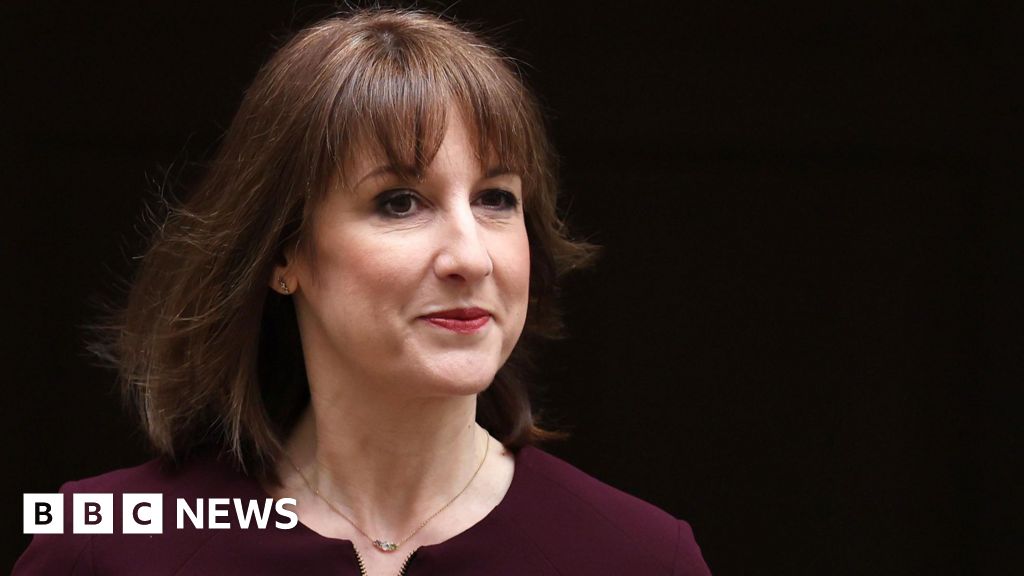Cyber school did not set me up for success
getty
Virtual charters, sometimes called cyber charters, are charter schools that operate via computer and internet connection. As charter schools, they are paid with public taxpayer dollars, but the taxpayers have never gotten much bang for their bucks. Now a new working paper shows one more way in which cyber charters come up short.
Cyber charters’ many issues have been well-documented. Academically, they fall far short of public schools. When the General Accounting Office studied them last year, they found a system of schools that resists oversight, presents “increased financial risks” to states, and produces poor student results. Even leaders in the charter school movement have found “well-documented, disturbingly low performance by too many full-time virtual charter public schools” and called for a radical overhaul (more than once).
Virtual charters are highly profitable, and that pile of money, combined with lax oversight and accountability, has resulted in a number of high profile fraud cases sometimes to the tune of tens of millions of dollars. Notable cases include the A3 charter school network, Epic charter schools, California Virtual Academy (CAVA), and Ohio’s Electronic Classroom of Tomorrow (ECOT), which owed the state of Ohio $80 million dollars in tuition reimbursement.
But while much has been learned about what happens with students while they’re enrolled, nobody has really looked at what happens to students after their time in cyber charters. Now “Virtual Charter Students Have Worse Labor Market Outcomes as Young Adults,” a new working paper from the Anenberg Institute at Brown University, reveals that the problems of cyber charters extend beyond the school years.
Virtual charter students have substantially worse high school graduation rates, college enrollment rates, bachelor’s degree attainment, employment rates, and earnings than students in traditional public schools.
The study found that virtual charter attendance was associated with a lower likelihood of high school graduation or GED, lower likelihood of college enrollment, and a lower likelihood of employment up to six years after high school—and those employed made, on average, 17 percent less than students from public schools.
The study is looking at samples from twelve to eighteen years ago. The researchers are clear that their results are “providing descriptive evidence rather than as strictly causal estimates.” In other words, correlation is not causation.
Nevertheless, it’s clear once again that when it comes to the quality of virtual charters, the numbers do not look good.
Credit: Source link











